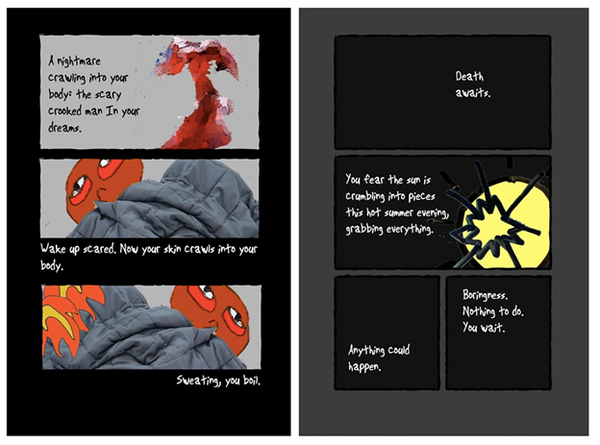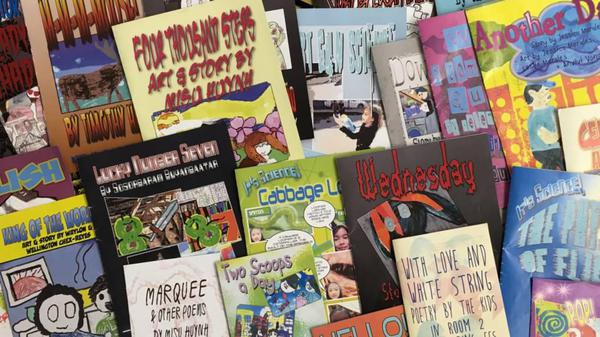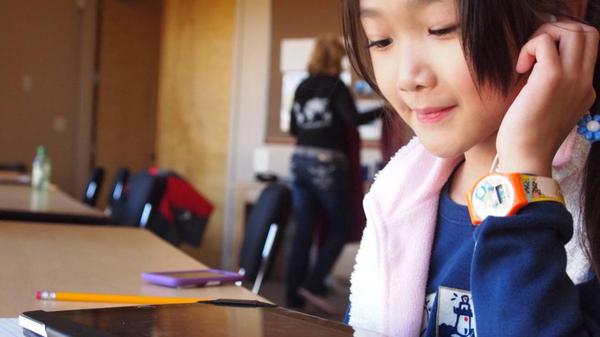
Let There Be Light!
When I started a fifth-grade writing workshop 20 years ago, I fired a lot of shots in the dark before I hit on an effective approach to teaching imagery-writing strategies, especially when it came to rendering sense of sight.
The prompts and feedback I used to offer in efforts to guide my students’ descriptions of what they or their characters see would generate laundry lists––i.e., I see a dog and a car and a sidewalk––more often than the vivid and dynamic sentences I was hoping for.
The prompts and feedback I used to offer in efforts to guide my students’ descriptions of what they or their characters see would generate laundry lists––i.e., I see a dog and a car and a sidewalk––more often than the vivid and dynamic sentences I was hoping for.











